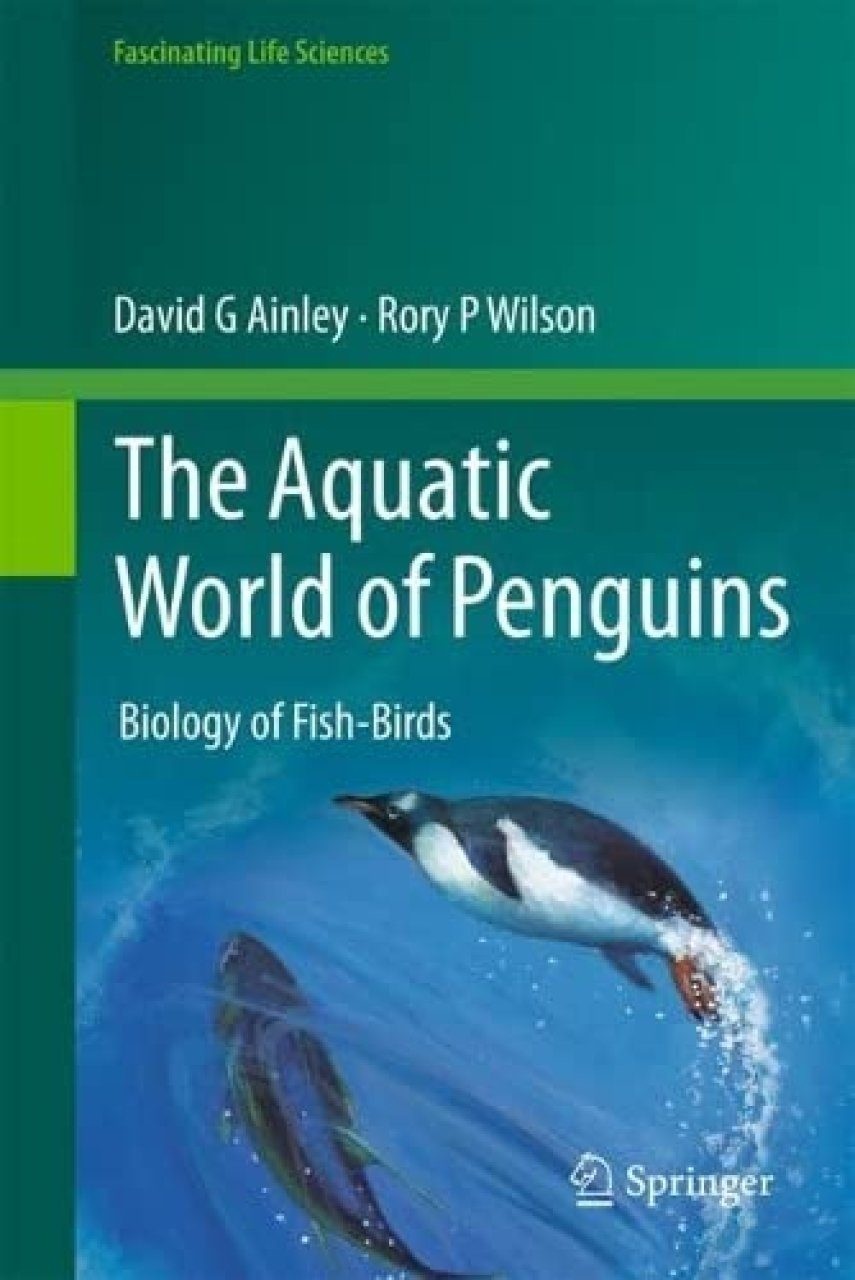| Auteurs | David G. Ainley & Rory P. Wilson |
| Taal | Engels |
| ISBN | 9783031339899 |
| Uitgever | Springer Nature |
| Pagina's | 567 |
| Bindwijze | Gebonden |
| Afbeeldingen | Kleurenfoto's en illustraties |
| Jaar van uitgave | 2023 |
Centuries ago, when penguins were first encountered by European explorers, they were not thought to be birds but rather a fish-like relative. Subsequent accumulation of knowledge has shown penguins to be an avian species with unrivaled aquatic attributes, owing to a number of evolutionary adaptations: shape change, low drag, ability to regulate buoyancy, and extraordinary surface compliancy from their featheration. They are indeed the most extremely specialized diving bird, having given up flight (which otherwise is hugely advantageous) to the benefit of underwater prowess (such as speed, maneuverability and an ability to exploit an extraordinary range of depths). This flightlessness, however, also comes with costs that are substantial for a seabird (such as the inability to cover large distances quickly in reaction to ephemeral prey); and the energy needed to cope with moving through an aqueous environment, which is more resistant than air. For penguins, the high energetic costs in exploiting the ocean environment thus makes them especially sensitive to changes in food availability or their access to their prey.
While a number of “penguin books” cover the natural history, mainly of breeding aspects, few address in much detail the incredible aquatic nature of these creatures. A huge amount of information has been amassed over recent past decades thanks to dramatic advances in microelectronics, bio-logging and maturation of some long-term studies of penguin life history. This work represents an integration of all these data with charts, maps and graphs, along with richly illustrated photos by experts in the field.
Contents
Section I - In the beginning
Chapter 1. Introduction to the fish-bird
Chapter 2. Why penguins come to land, a tiresome business
Section II - Penguin marine haunts and food habits
Chapter 3. Penguins in their ocean habitats
Chapter 4. Penguin food
Chapter 5. The ecological consequences of diet
Section III - The hardware of a fish-bird
Chapter 6. Penguin hardware for exploiting the ocean
Chapter 7. Size matters - the allometry of penguins at sea
Section IV - The software of fish-birds
Chapter 8. Dipping down - the penguin dive
Chapter 9. How penguins catch uncooperative prey
Chapter 10. Efficient prey location and exploitation
Section V - Penguins in a fickle environment
Chapter 11. Penguins as prey
Chapter 12. Penguins in a changing ocean
Chapter 13. A miscellany of penguins at sea
The last word --- eulogizing penguins












